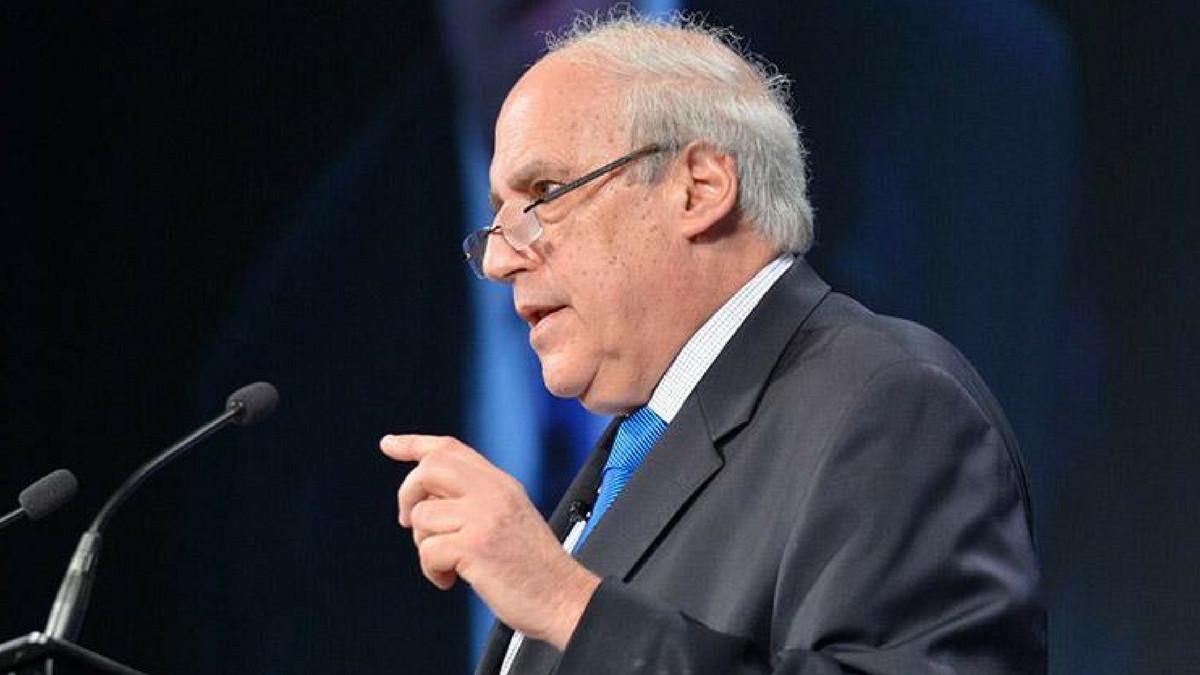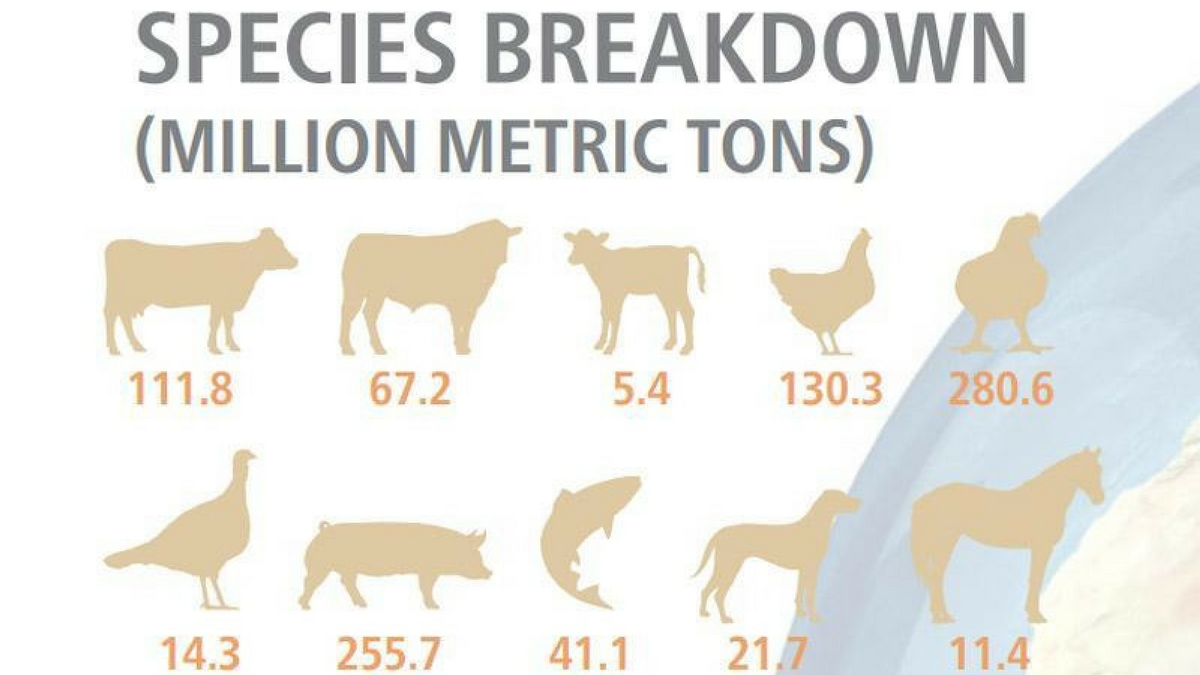The true cost of food waste
According to the United Nations Food and Agriculture Association (FAO), the global volume of food wastage is estimated at 1.6 billion tons, with a global cost of $750 billion annually. “Each day 35 to 40 percent of food that is grown or raised is wasted, and 71 percent of global water consumption is used to irrigate crops,” said Dan Glickman, former U.S. secretary of agriculture.
Today 60 percent of food loss comes from the U.S. and Europe, yet globally more than 800 million people face hunger and malnutrition. As the population grows, food production will have to increase by approximately 60 percent by 2050. Can the reduction of food waste contribute to feeding the world? During the session on Crop Science: Growing the Revolution, Glickman identified four ways to prevent food waste:
- Global adoption of good Samaritan laws – These laws are intended to protect good-faith food donors from civil and criminal liability should the product cause harm to its recipient. In the U.S. 14 billion pounds of food per year is sent to landfills. Meanwhile, nearly 30 million Americans, including 12 million children, are at risk of hunger and malnutrition. The adoption of good Samaritan laws globally would reduce this risk, as well as food waste.
- Research and development – Budgets for agricultural research and development have not increased to meet the scientific demands of the world. Global budgets for agriculture and food security need to increase dramatically for us to increase crop yield and develop new methods of pest resistance.
- The role of technology – We must continue to challenge the basic principles of science. New developments in biotechnology have helped us understand nutrigenomics and genes. This form of technology must be embraced to ensure we get the full potential from our crops and arable land.
- Agricultural grants and education – Training and education must be supported if we are to continue to feed the world. Young men and women who wish to enter the agricultural industry must be supported and educated to ensure the future of food production can be secured.
Have a question or comment?
- Read more about The true cost of food waste
- Log in to post comments

<script charset="utf-8" type="text/javascript" src="//js.hsforms.net/forms/v2-legacy.js"></script>
<![endif]-->
<script charset="utf-8" type="text/javascript" src="//js.hsforms.net/forms/v2.js"></script>
<script>
hbspt.forms.create({
portalId: '745395',
formId: 'd2b1a74a-d16c-4ea9-b2fd-b17b4c1cfc91'
});
</script>














